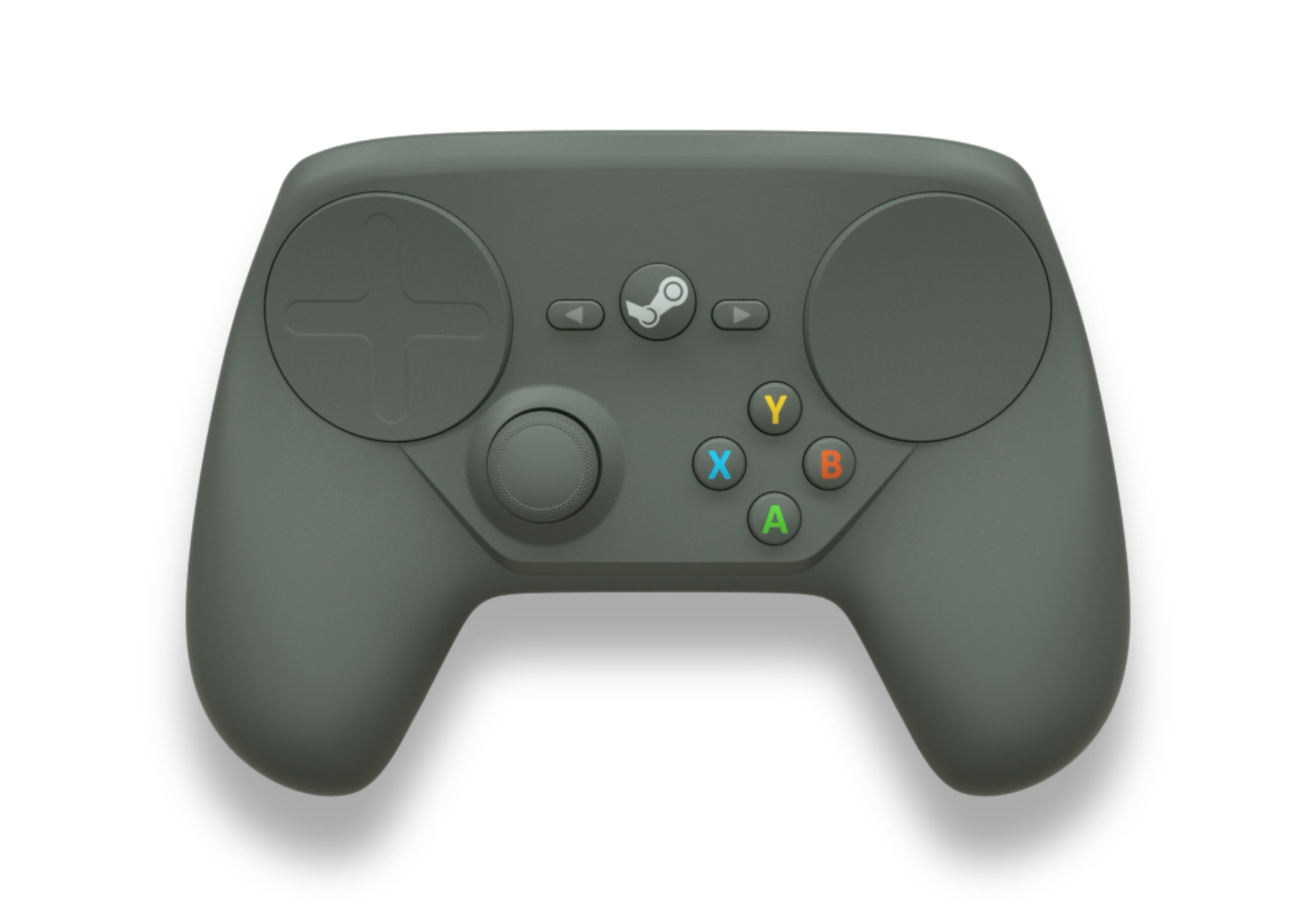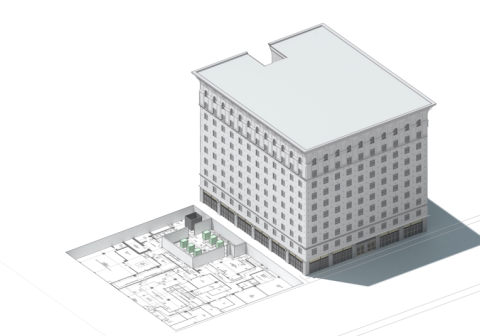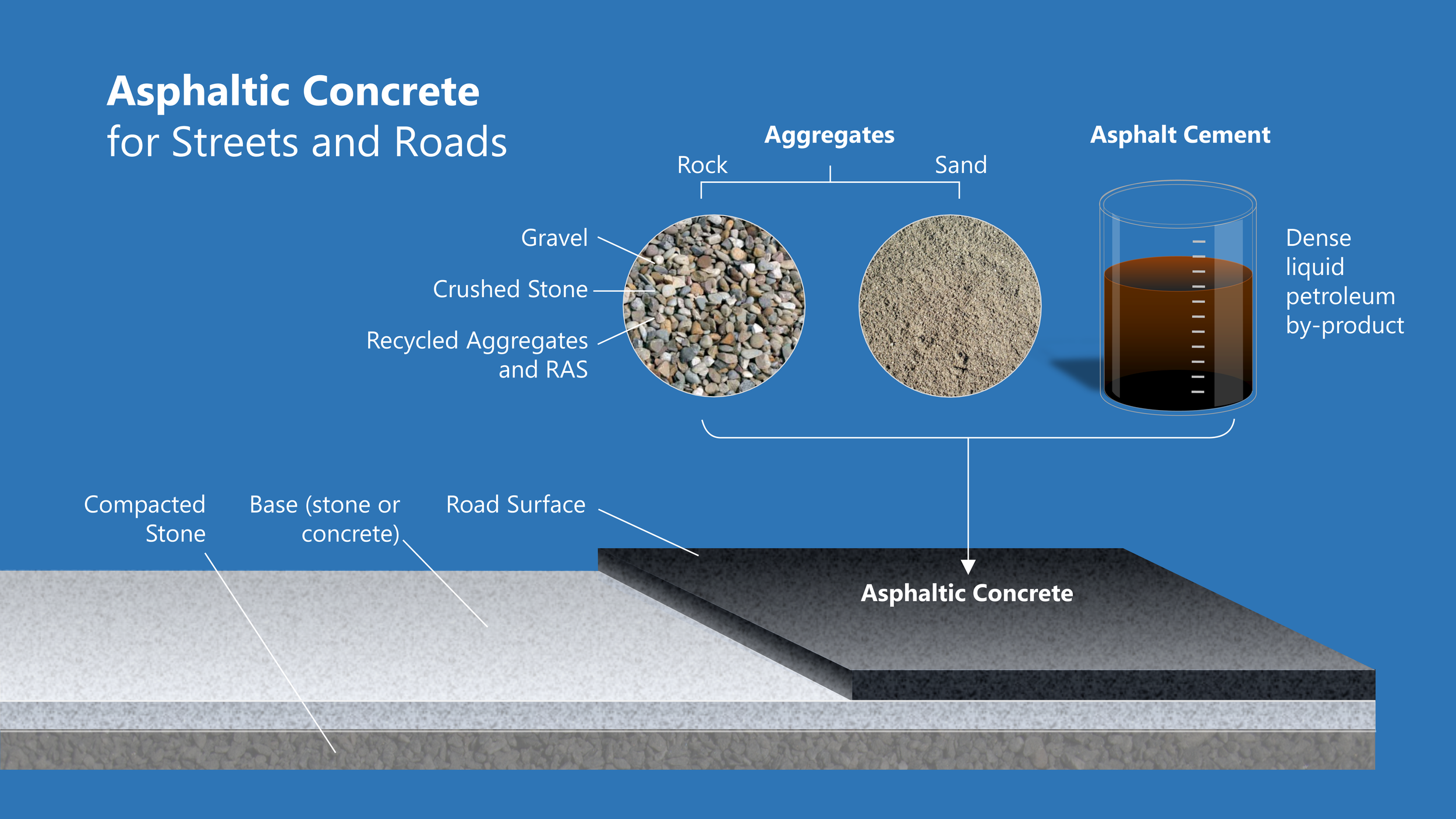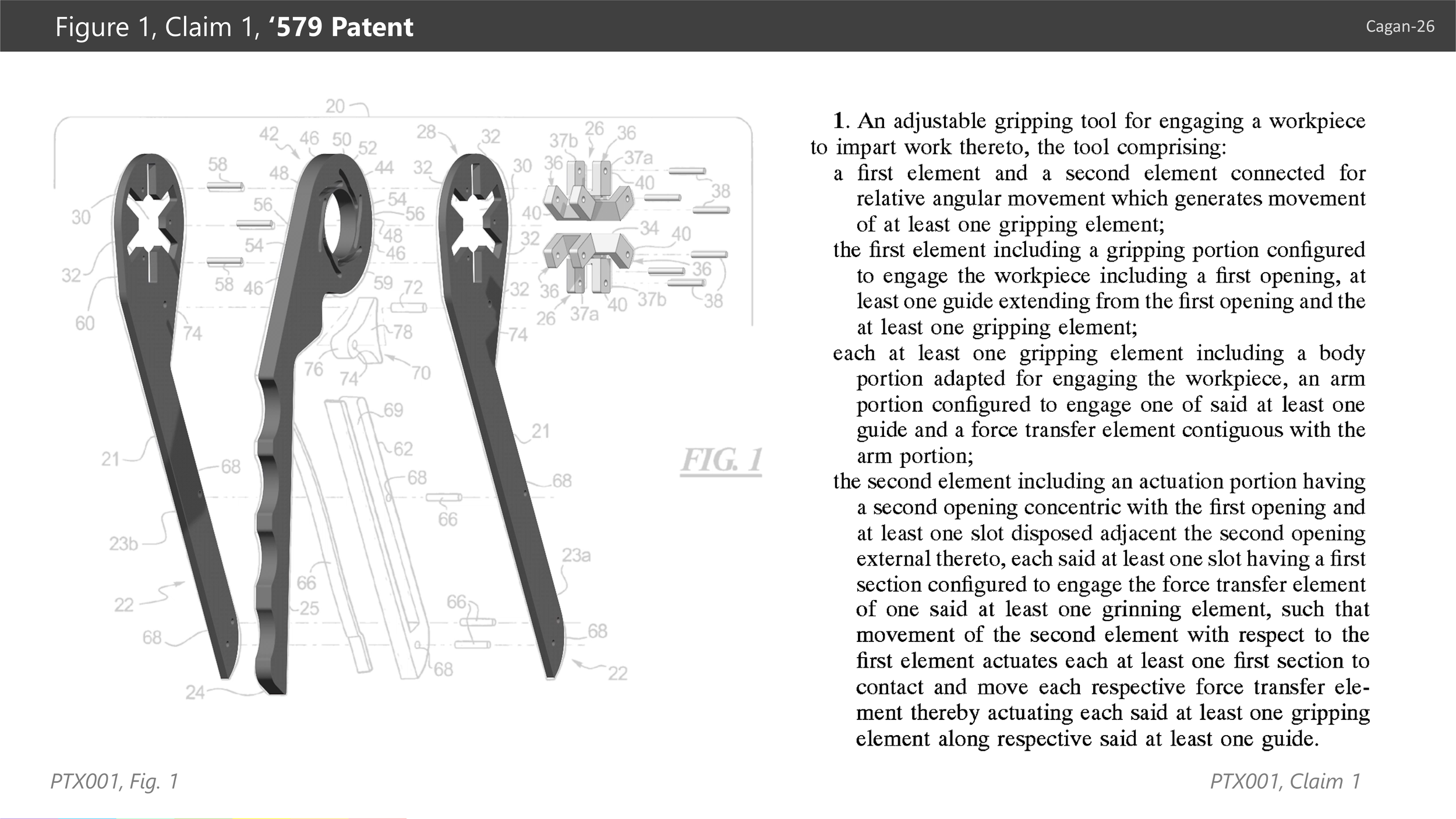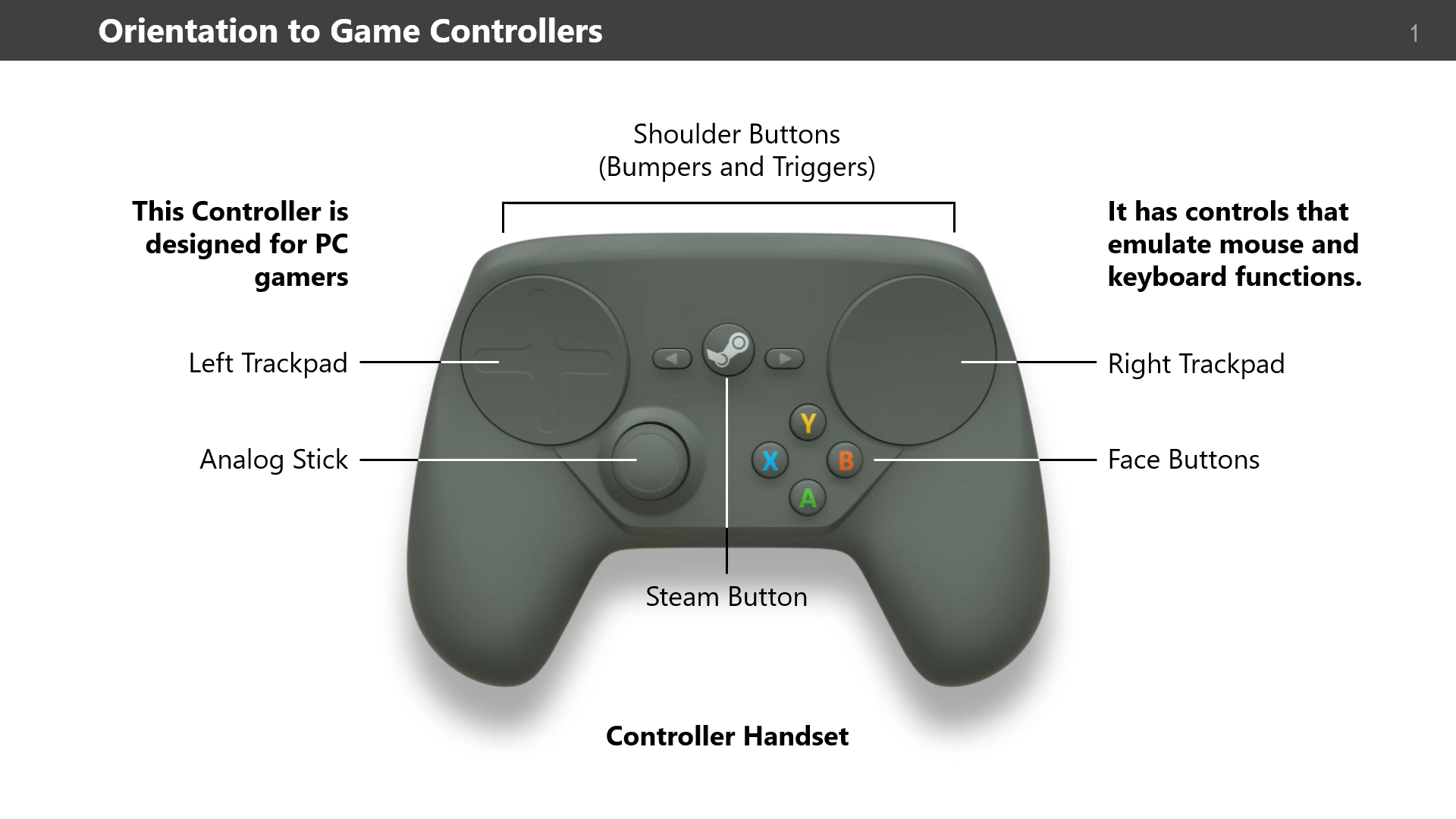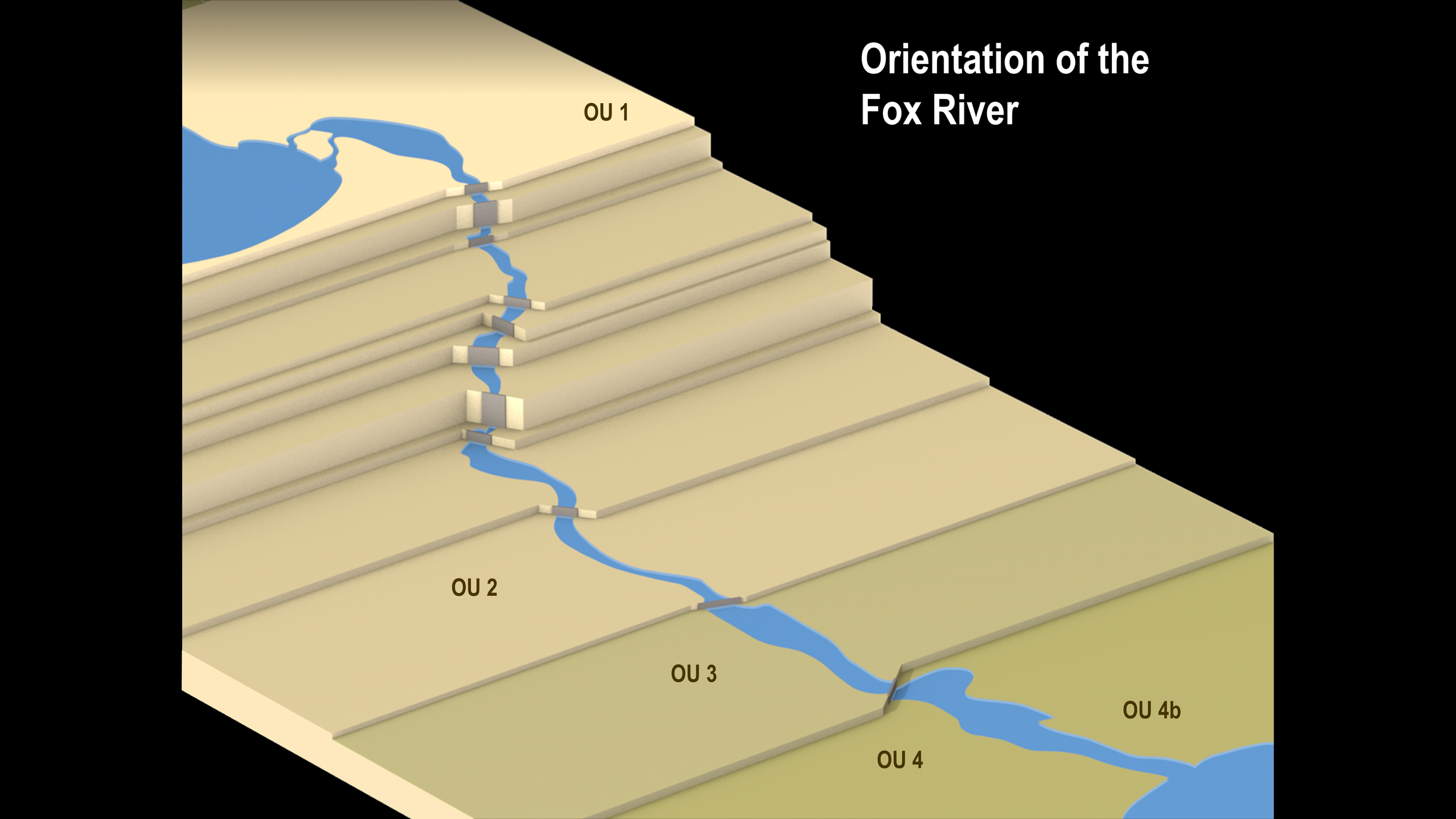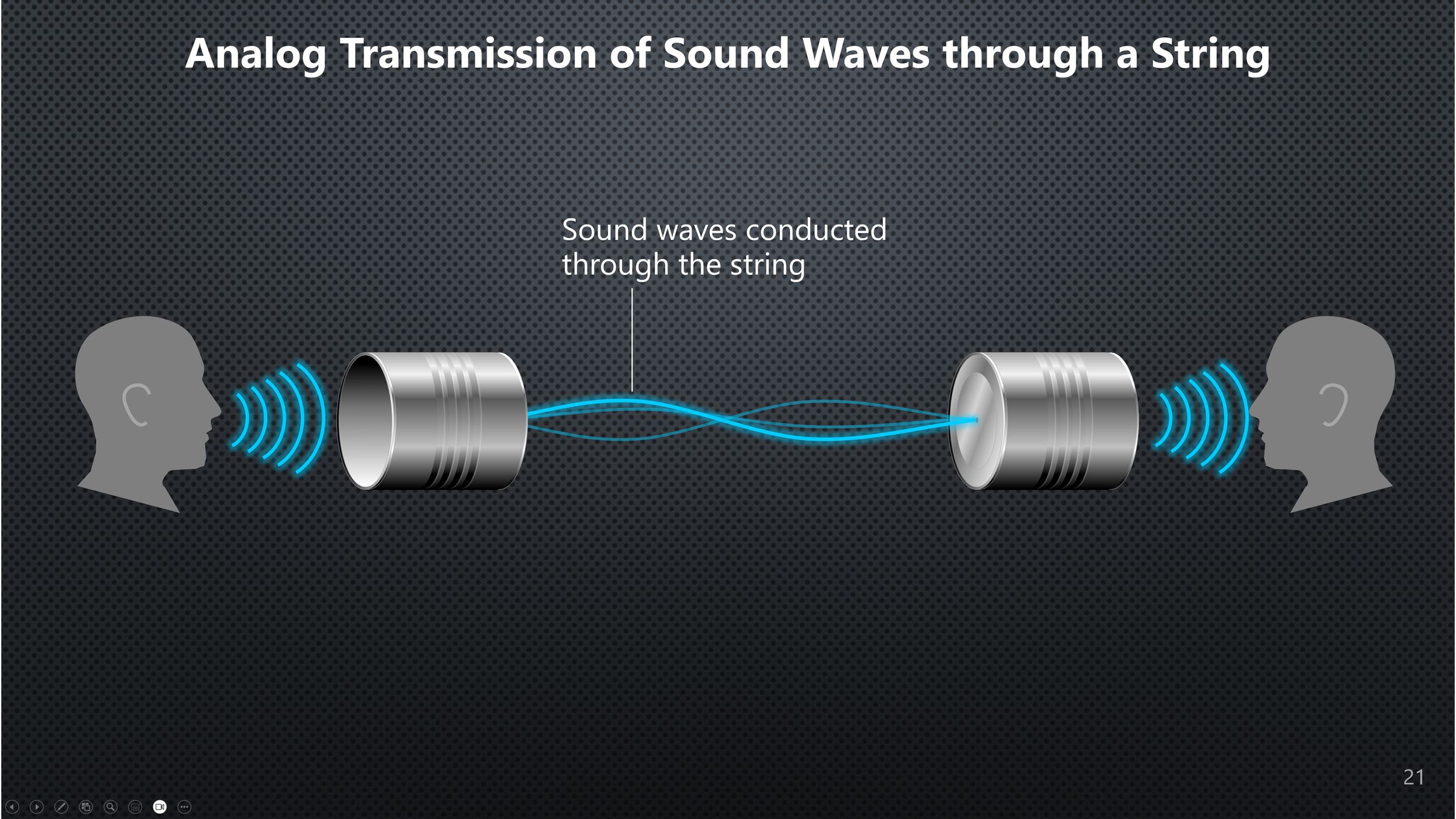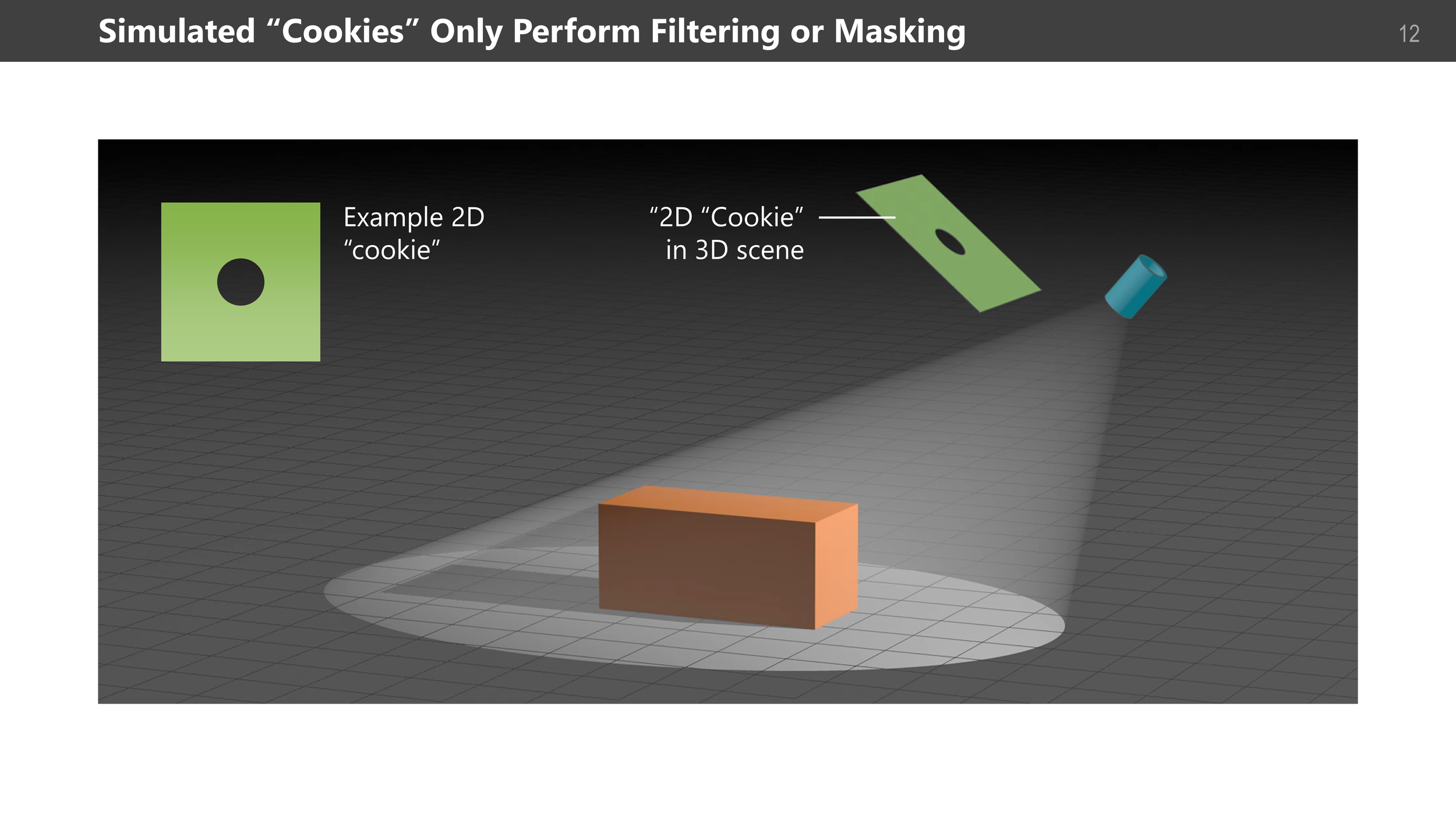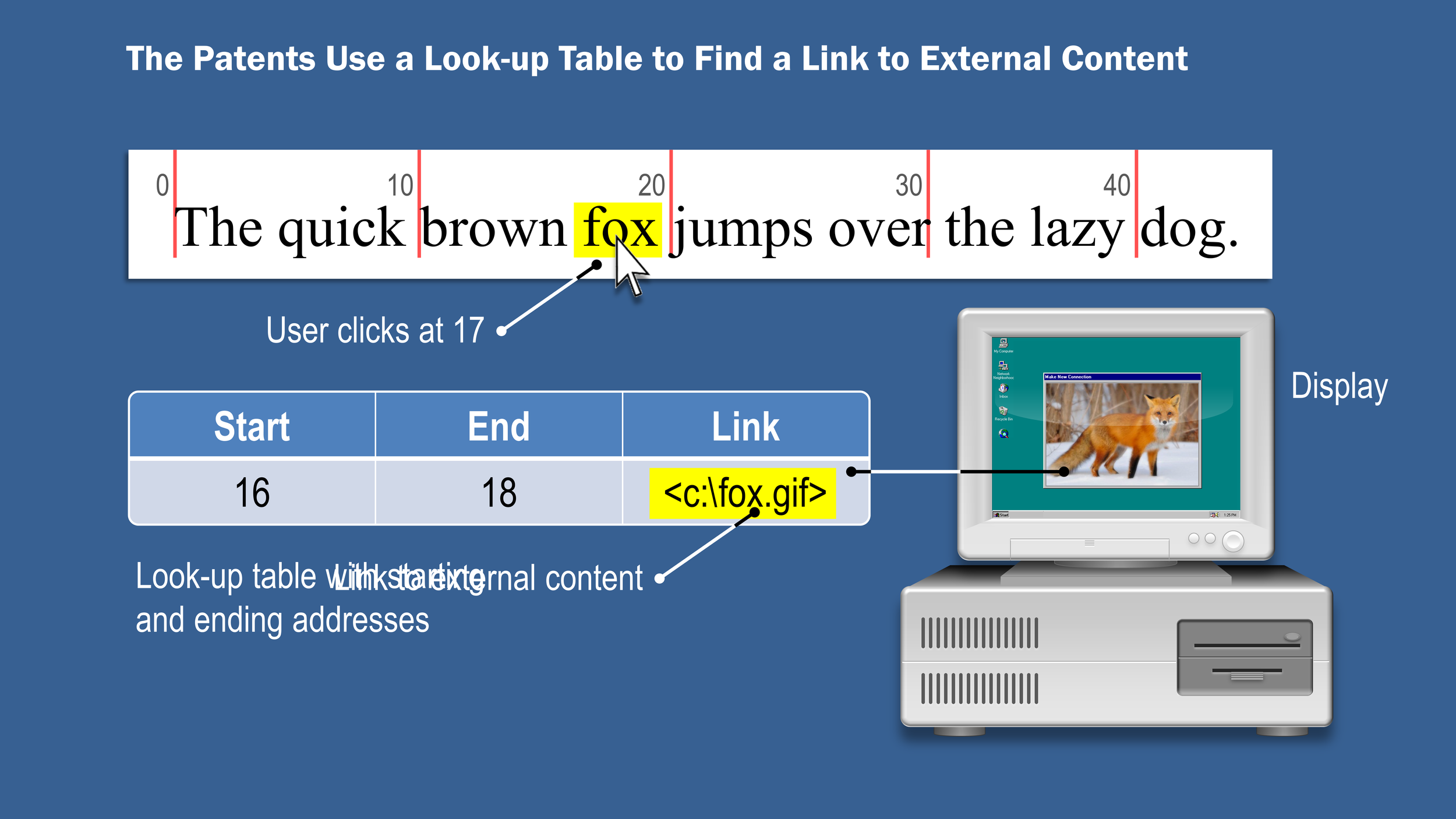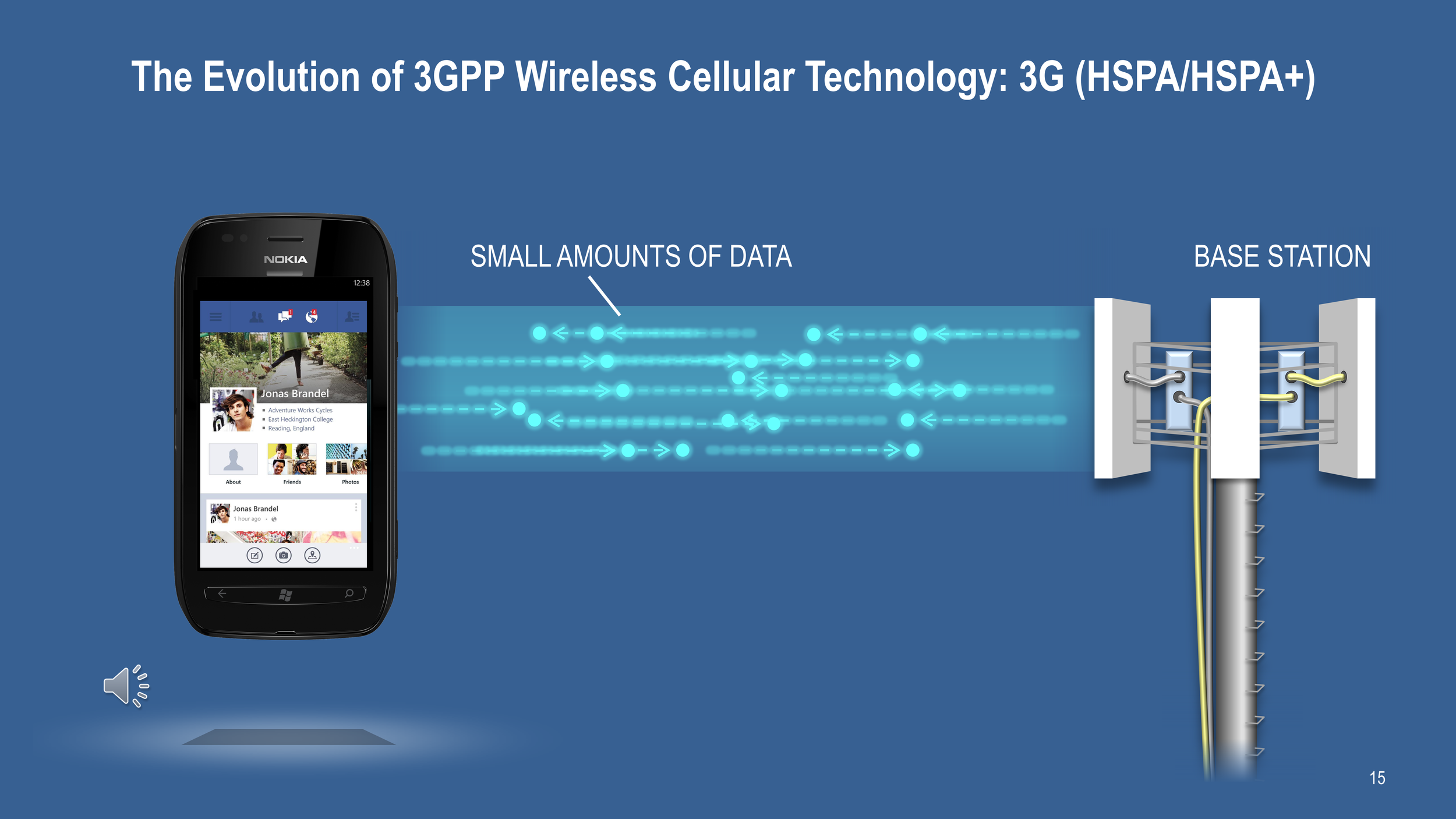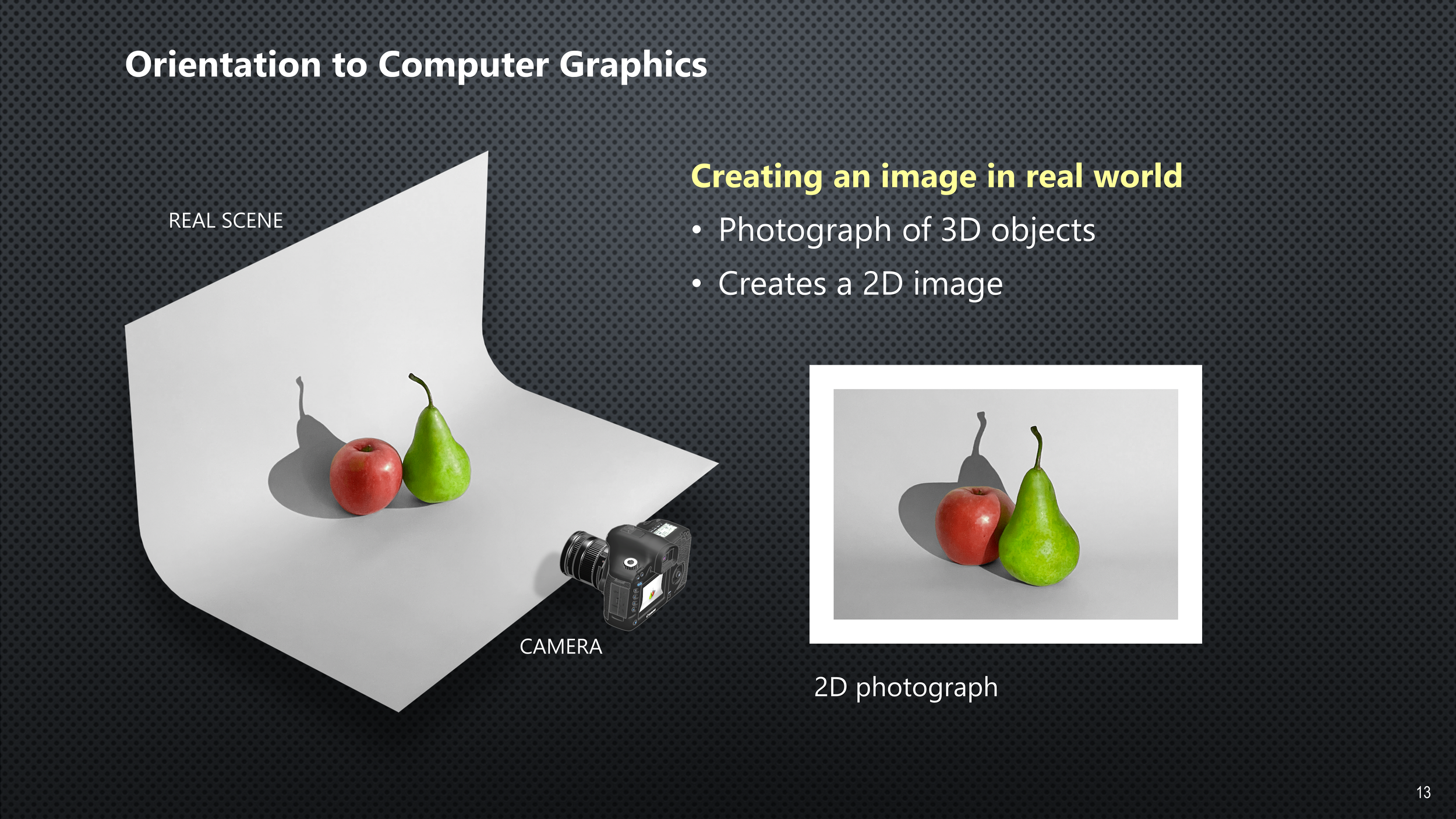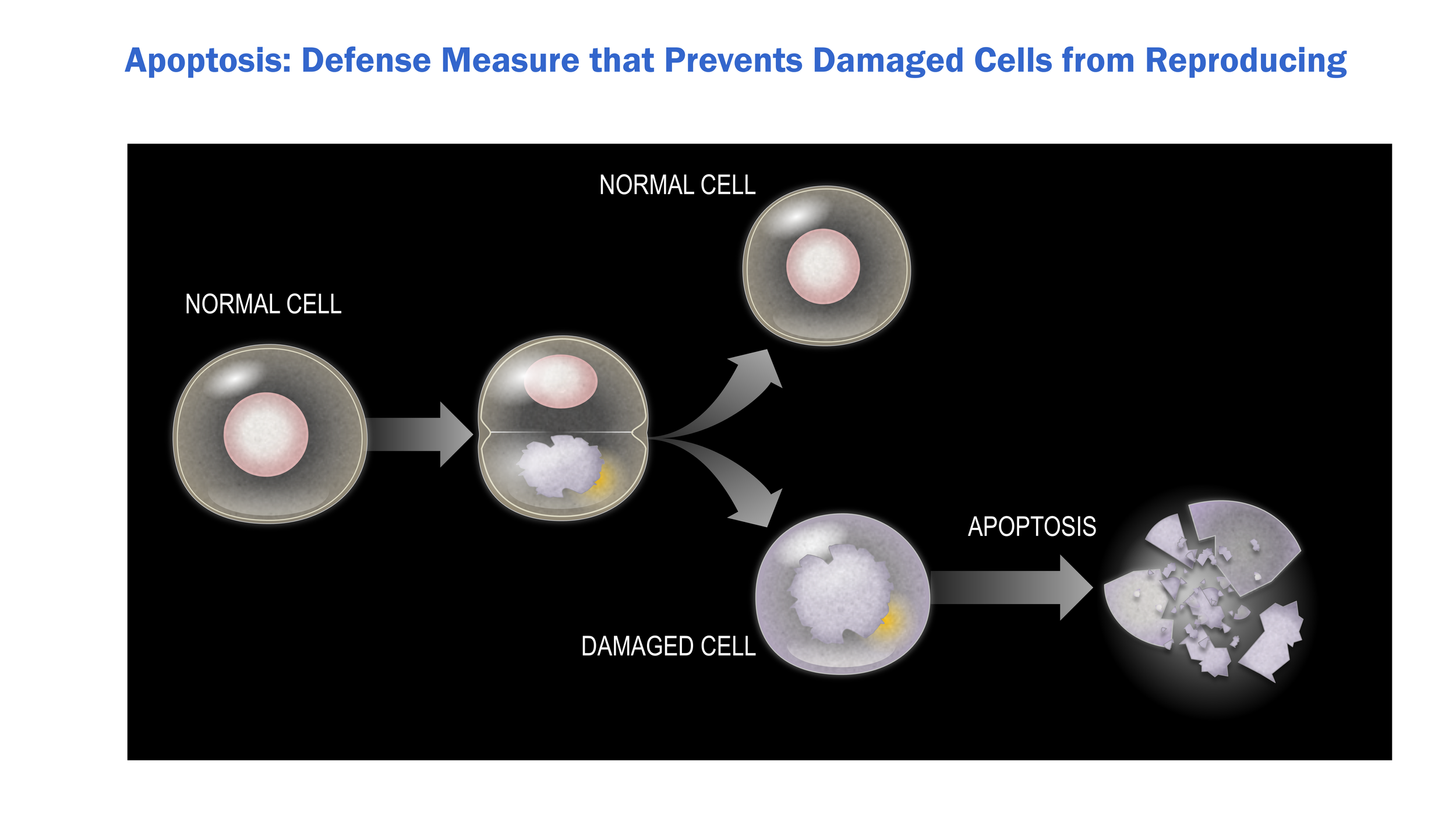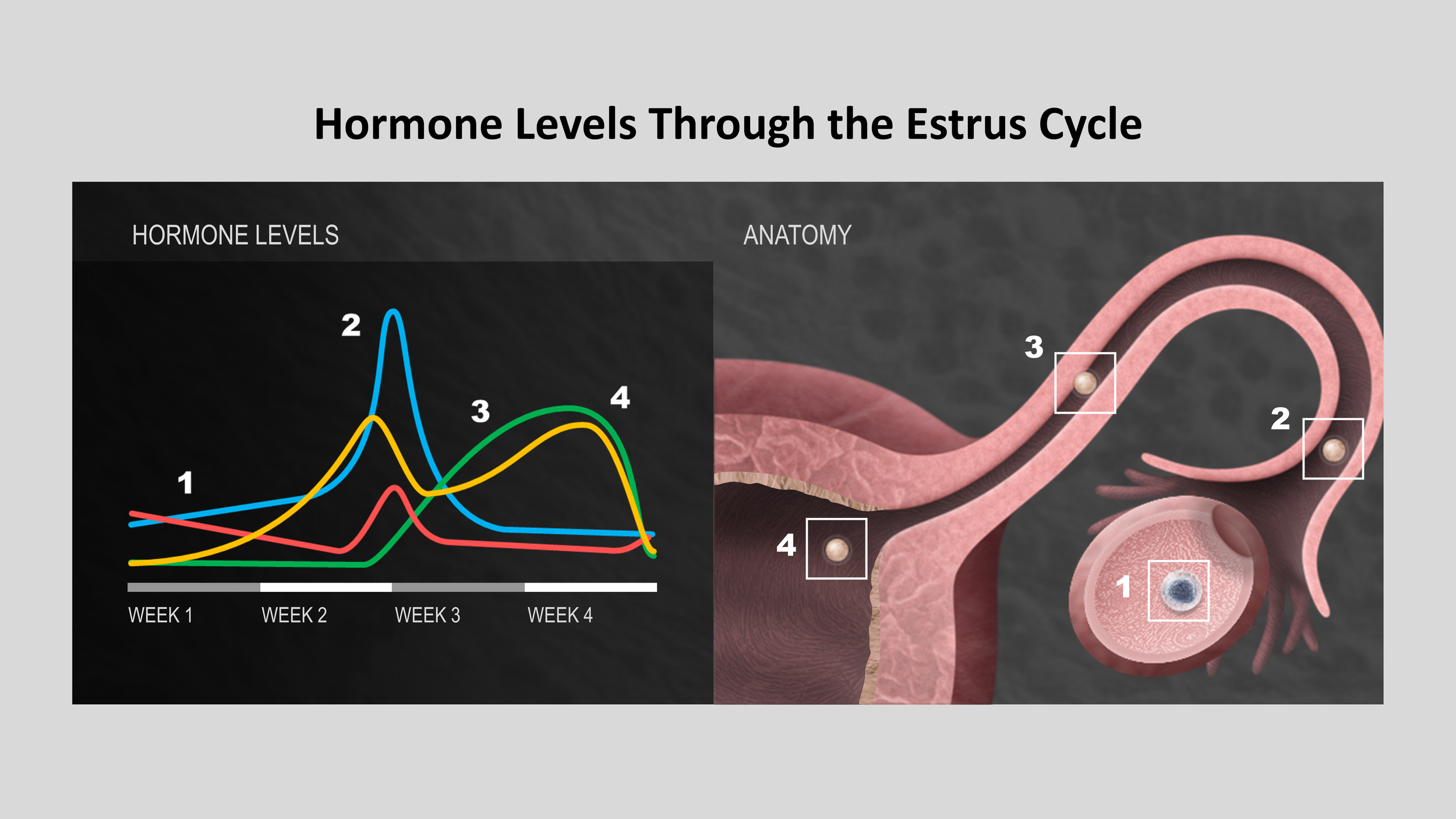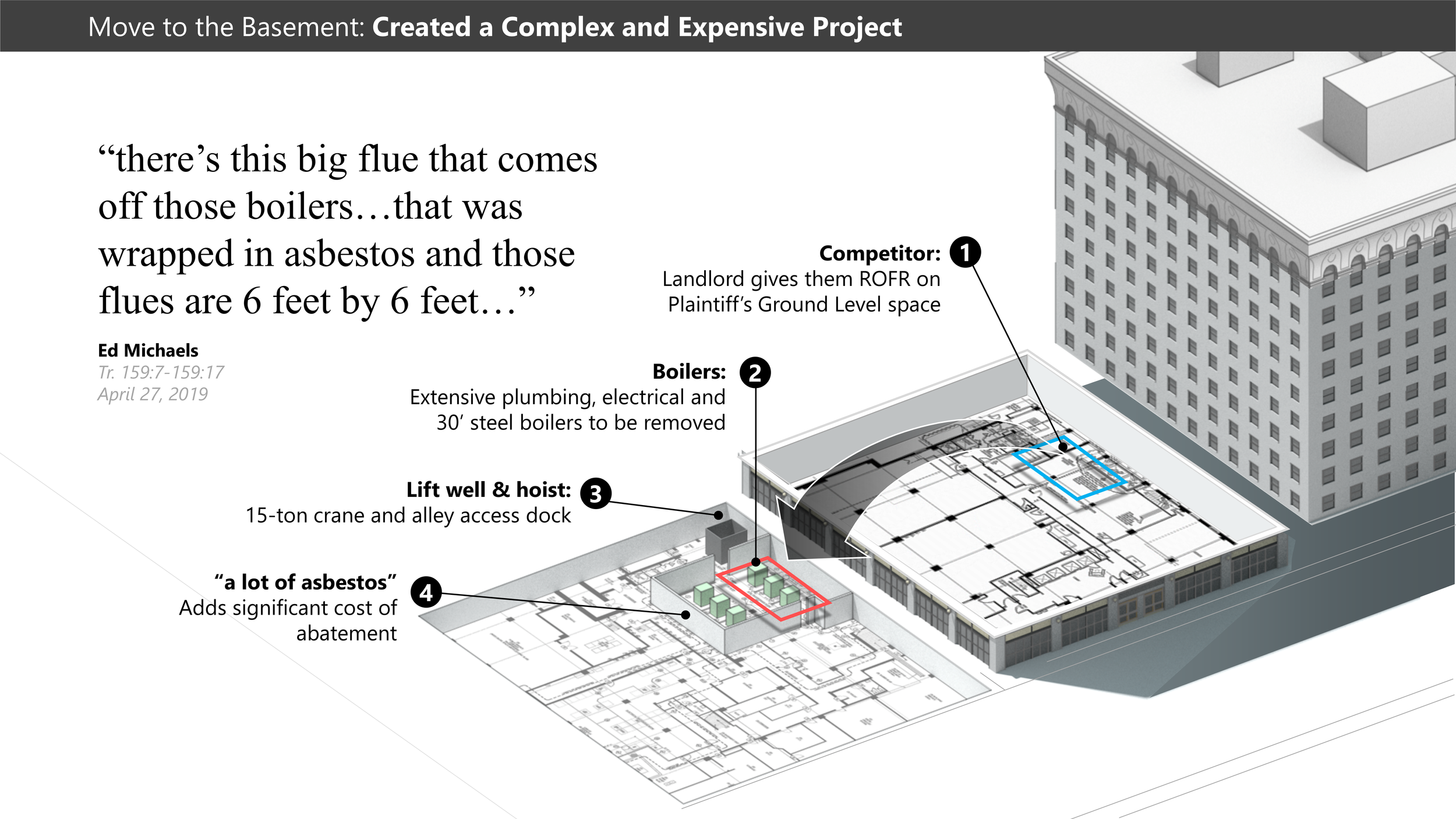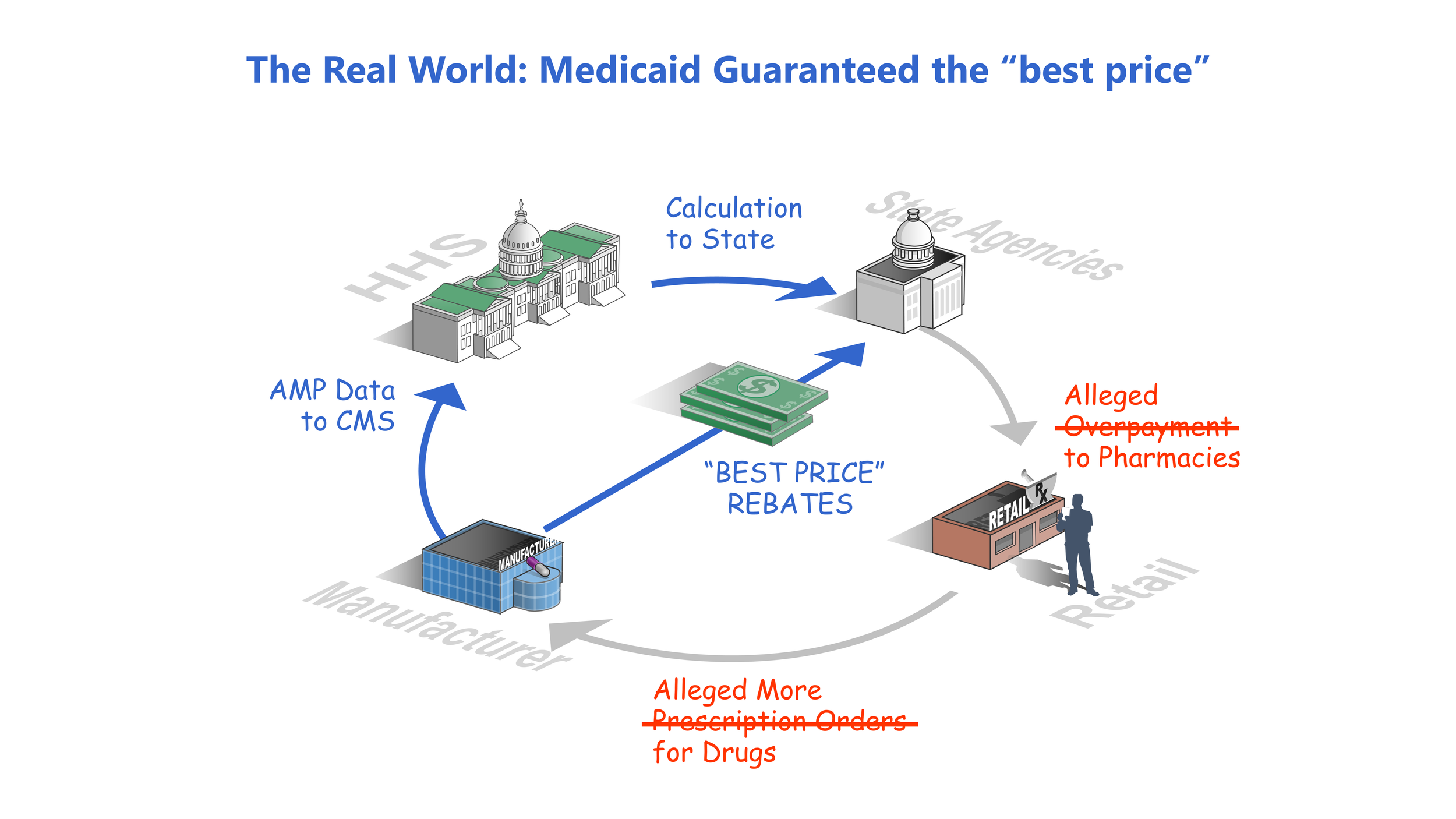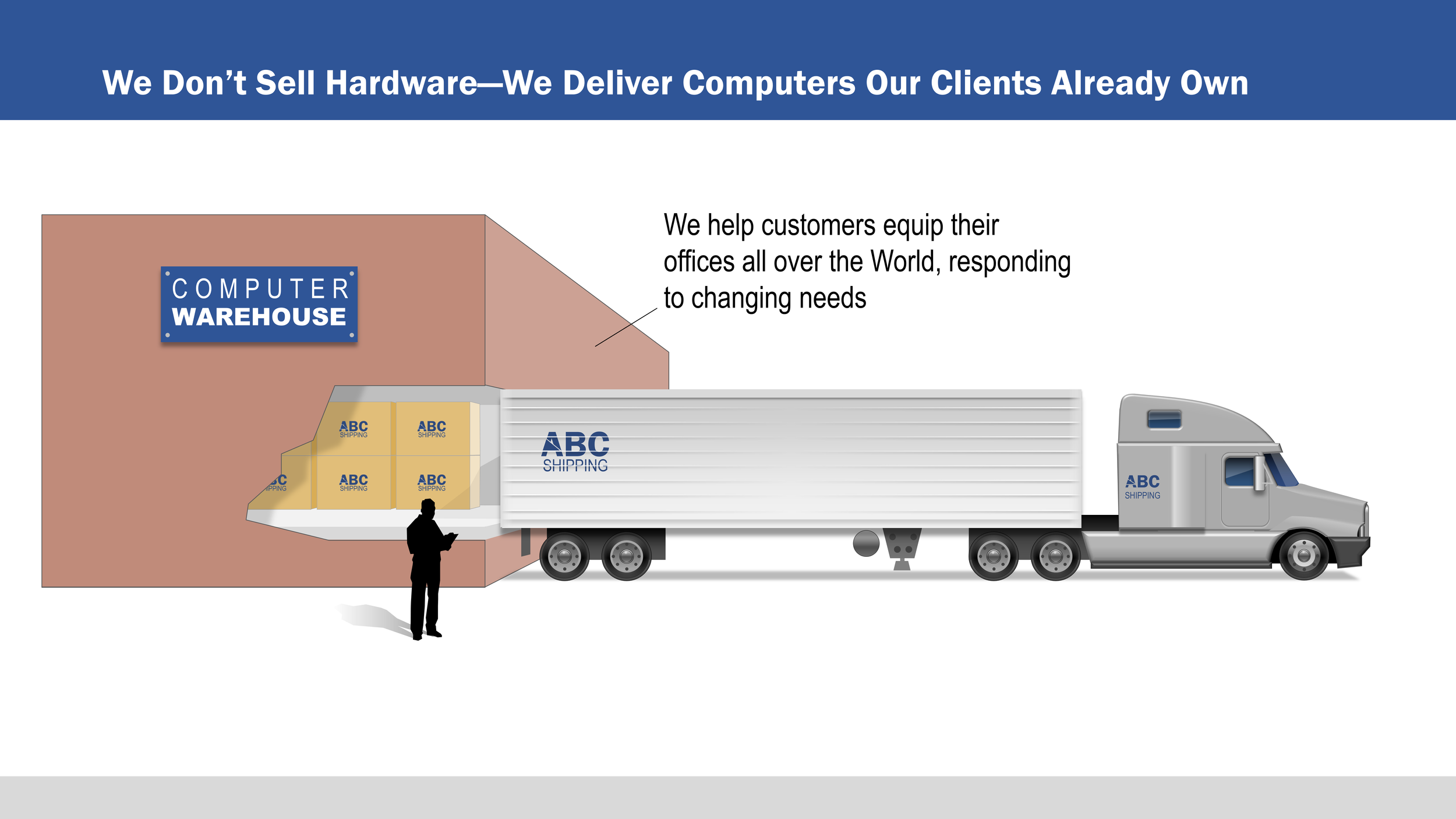
Technical Tutorials for the Court
Video submissions that use graphics, animation, and professional sound to bring your technical issues to life.
A judge’s first understanding of difficult material can be durable and might be their final take on a matter. The party who explains more effectively can gain an advantage with mediator, judge or jury. A technical tutorial can be a crucial step in gaining that strategic advantage.
Some judges hold hearings at which experts testify and answer questions from the bench—these hearings can be live or virtual/hosted online. Other judges prefer a piece of media they can review and study on their own time, like a video on physical media or hosted online. Either way, the opportunity to be a teacher to the Court deserves a professional effort.
TECHNOLOGY OF HARDWARE
Physical Places and Things
TECHNOLOGY OF COMPUTERS
Systems, Software, and Networks
BACKGROUND IN BIOLOGY
and Pharmaceuticals
ORIENTATION TO COMPLEX SCHEMES
and Transactions
TECHNOLOGY OF HARDWARE: Physical Places and Things
Patented Electric Lawnmower
In this matter, we used 3D modeling technology to streamline the creation of 2D animated graphics. This is, in many instances, a speedy shortcut to producing an effective –and cost-effective result. (Sample has sound).
Cargo Plane Assembly
Here we started with an off the shelf 3D model of a 747, and cut it into the sections produced by subcontractors and output as pictures. We assembled and animated in PowerPoint to show how the pieces all fit together.
Composition of an Asphalt Roadway
This animated illustration is done completely in PowerPoint. So, it is a fully-editable slide in a deck used by an expert to explain what materials go into road construction—and what the terms of a contract mean in context.
Orientation to Oil Refining
Similarly, this animated sequence is also done entirely in PowerPoint. The testifying expert was able to use it to describe the process of fractionation and the products removed at each temperature level of the column.
Lithium Ion Battery
Tutorial graphics don’t have to be part of a video—this one was incorporated in a brief to orient a panel of arbitrators to the structure and function of the devices in dispute.
Patented Dynamically Adjustable Wrench
This exhibit used 3D modeling and animation to bring a patent figure to life. Expert and fact witnesses used it to explain how the invention worked, and to dramatically demonstrate that the commercial embodiment practices the claims.
Patented Game Controllers
In this case we modeled console and PC game controllers to create demonstratives used to teach distinctions among them, and to feature non-infringing structures and functions of the accused device.
Scale Representation of a Contaminated Riverbed
Here again we used 3D modeling, this time to scale-up the elevation change over the length of a riverbed. This exhibit was part of a much larger set of graphics used to demonstrate that the contribution of upriver plants was naturally transported downstream and deposited in shallows near a client’s plants.
North Slope Field Pressurization
This still illustration was used to educate a panel on the utility of pressurizing an oil field to speed recovery after a pause in extracting product from the field.
Patented Polymer Films
This animated 2D illustration, created in Powerpoint, is used to demonstrate polymerization of ethylene to create useful products like the high-strength polyethylene films at issue in this case.
TECHNOLOGY OF COMPUTER SYSTEMS, SOFTWARE, AND NETWORKS
Patented Packet Networks
This tutorial was used to support expert testimony on the basics of telephone networking, leading up to the advanced devices and functionalities of the patented digital networks.
Patented Lighting of 3D Models
Here we used 3D animation lighting and shadowing effects to show how a virtual “cookie” acts just like a real one. It blocks rays from a light source, only allowing light to pass through a narrowed opening.
Patented Software
This tutorial was built entirely as a PowerPoint deck, including illustrations, animations, builds, embedded narration and output to high-resolution video. It teaches the method required by the claims—from a bygone and much simpler technological era.
Patented Mobile Networks
As in the previous example, this tutorial was entirely created in PowerPoint. Here we discuss the transition from mobile networks’ emphasis on accommodating large file downloads to supporting the frequent and high-speed traffic generated by “chatty apps” like messaging and social media.
Prior Art Computer Modeling
Here we analogize the way a camera creates a 2D view of a real 3D object to the way a virtual camera adds a point of view of a 3D computer model. This is shown in the legacy/prior art system.
Patented Image Processing
In this tutorial, we used photo illustrations and 2D PowerPoint animations to demonstrate compression and image synching over the internet, circa 1999.
Patented Mobile Networks
This tutorial was used by an expert to help explain how the accused networks transmit control information and channels of payload data in “frames.”
Standard-Compliant Components
An expert in this case used demonstrative exhibits to inform the Court on the importance of standards-compliant components in electronic devices. A simplified game controller motherboard is shown in this illustration with just a few of the many standard components indicated.
BACKGROUND IN BIOLOGY AND PHARMACEUTICALS
Cellular Defenses Against Cancers
This demonstrative was part of a sequence of images an expert used to explain how irreparable damage to a cell most often triggers apoptosis, or cell death. This defense mechanism prevents carcinogenesis before it can begin.
Structure and Function of the Brain
As part of a “science day” presentation to the Court, this 2D-animated image supported an expert’s orientation to the normal brain, the changes brought on by Alzheimer’s disease, and introduced the patented drug at issue in the case.
Orientation to Low Dose Exposure
Plaintiffs claimed health effects from extremely low dose exposures from a decommissioned nuclear site located some miles distant. Animated graphics like this one supported an expert tutorial on the effects of radiation, including medical uses of low doses, and the absence of effects from extremely low doses.
Infection: How Bacteria Multiply
These graphics were used to support expert testimony on bacterial multiplication by binary fission—and, how a patented antibiotic interferes with the DNA replication that initiates that process.
The Limits of Mass-Spec: Identifying Molecules
An expert in this matter gave the Court an extensive tutorial on the limitations of mass spectrometry—mainly, that it does not perform a chemical analysis of a target molecule. Rather, it measures the mass of fragments of a complex molecule, allowing the investigator to infer the structure of the target substance. Two different constituent fragments might, and often do, produce the same spectral result.
Hormone Levels and Estrus Cycle
As part of a tutorial on the estrus cycle to prepare the Court to hear the case of a patented oral contraceptive, this animated sequence shows a typical hormone profile for each stage of estrus. It went on to show the effects of different OCs, including a regimen of the patented drug.
ORIENTATION TO COMPLEX SCHEMES AND TRANSACTIONS
Complex Mortgage Purchase Structure
This graphic was part of a sequence an expert witness used to describe a complex structure used by Colonial Bank to purchase then resell Freddie Mac mortgages.
Investment Structure, Insider Trading Defense
An expert witness used a sequential build of this graphic to explain that payments to the defendant were not from an also-accused family member. Rather, they were from a legitimate company funded by a group of investing entities and individuals.
A Simple Switch That’s Really Complicated
This 3D animated sequence supported a fact witness’s testimony explaining how a simple landlord action led to a loss in the 10s of millions. And, further, the threat of business disruption involving billions of dollars in client assets.
A Complicated Alleged Fraud on Medicaid
Used in both poster-board and on-screen forms, this diagram was used by lawyers and experts to describe the plaintiffs’ allegations—then in testimony and arguments to show how those allegations were false.
Business Model: Servicing Other Companies’ Assets
This graphic analogy was used by a company witness to describe the defendant company’s model—it never took ownership of customer assets it housed and used in serving those customers.
Organization Chart: Executives Don’t Review
This scale chart was used by company witnesses to explain how performance reviews were performed and by whom—in this very large company. They explained that the accused senior managers do not conduct, and do not have access to the performance reviews plaintiffs complained of.

